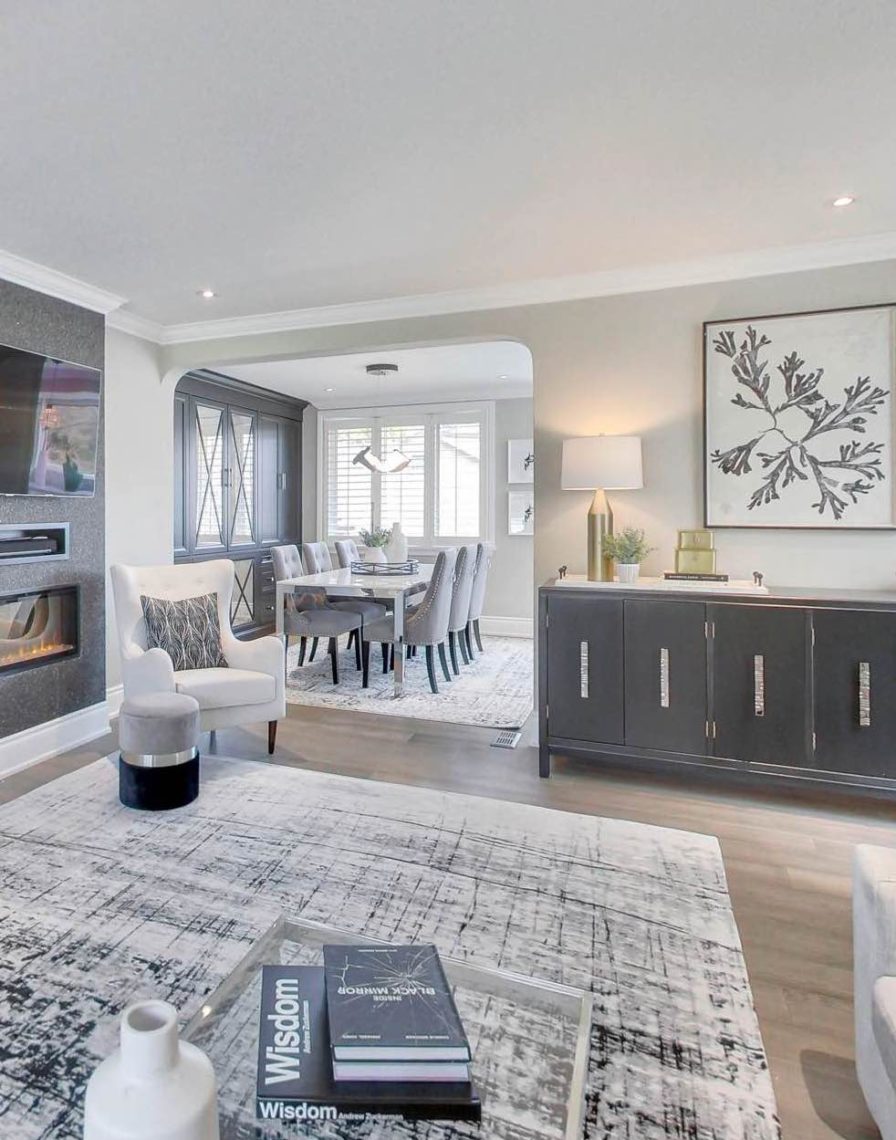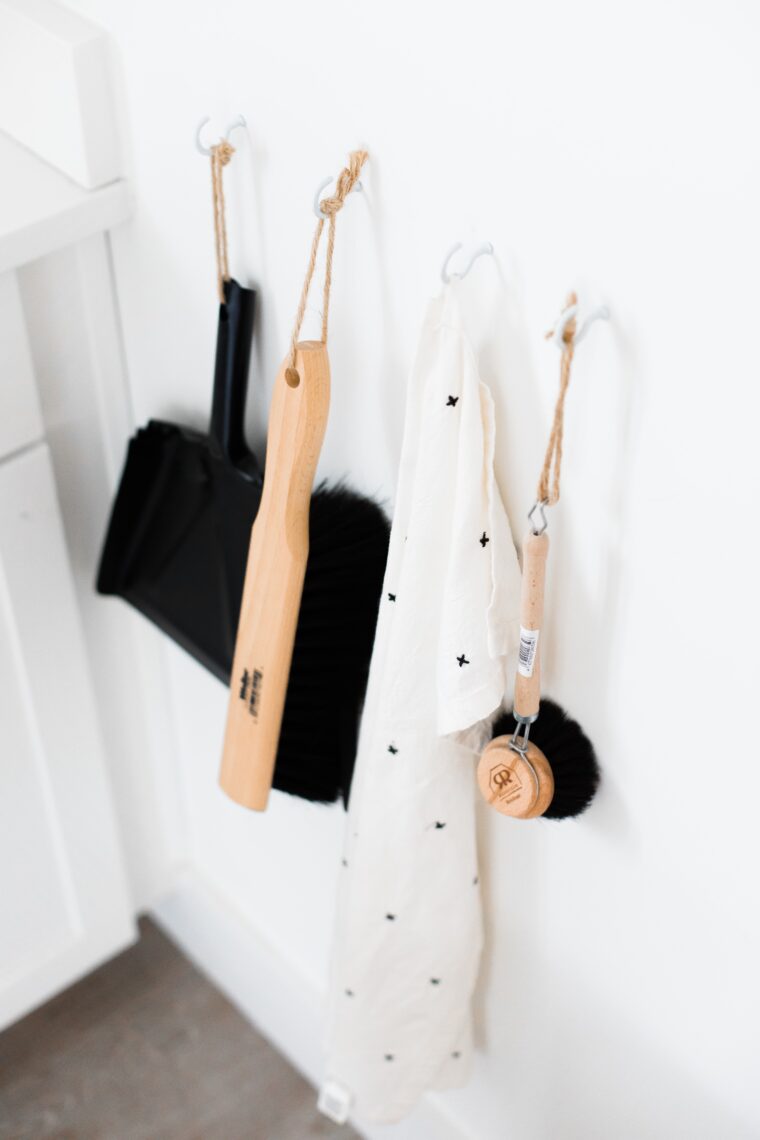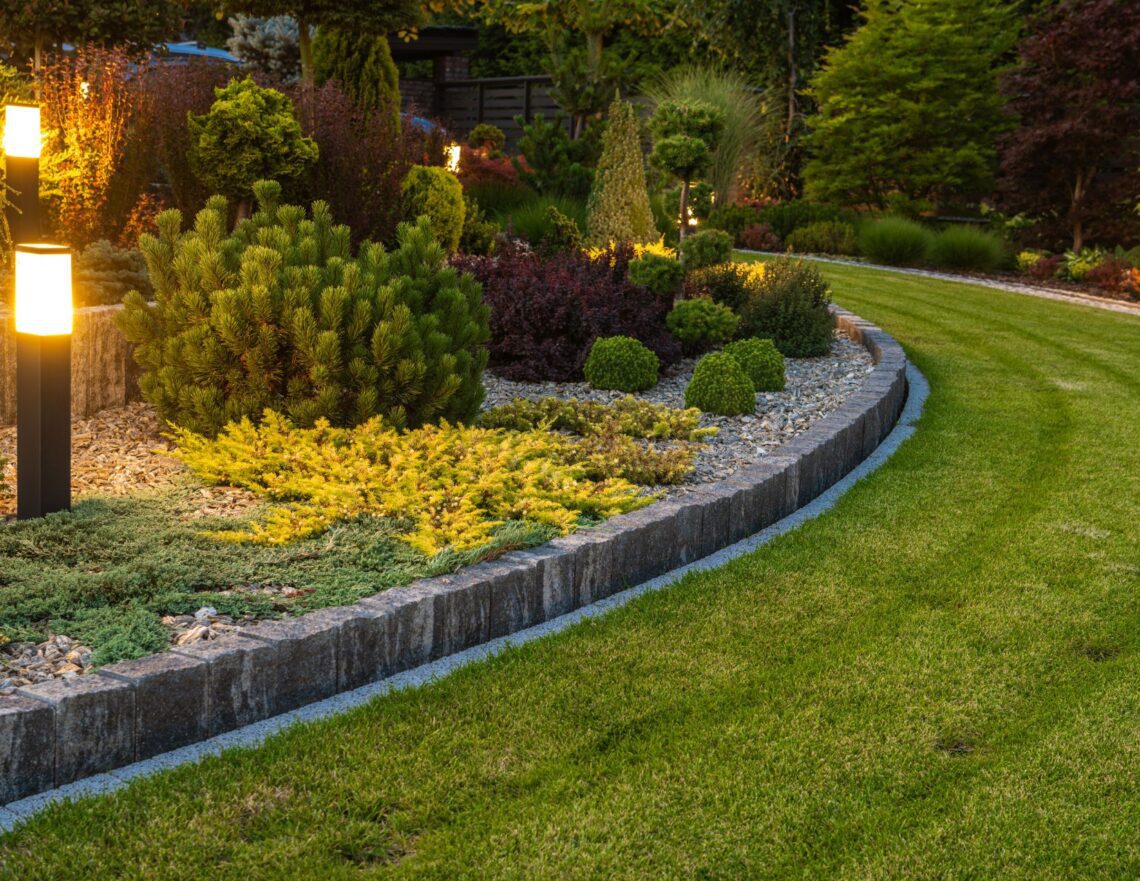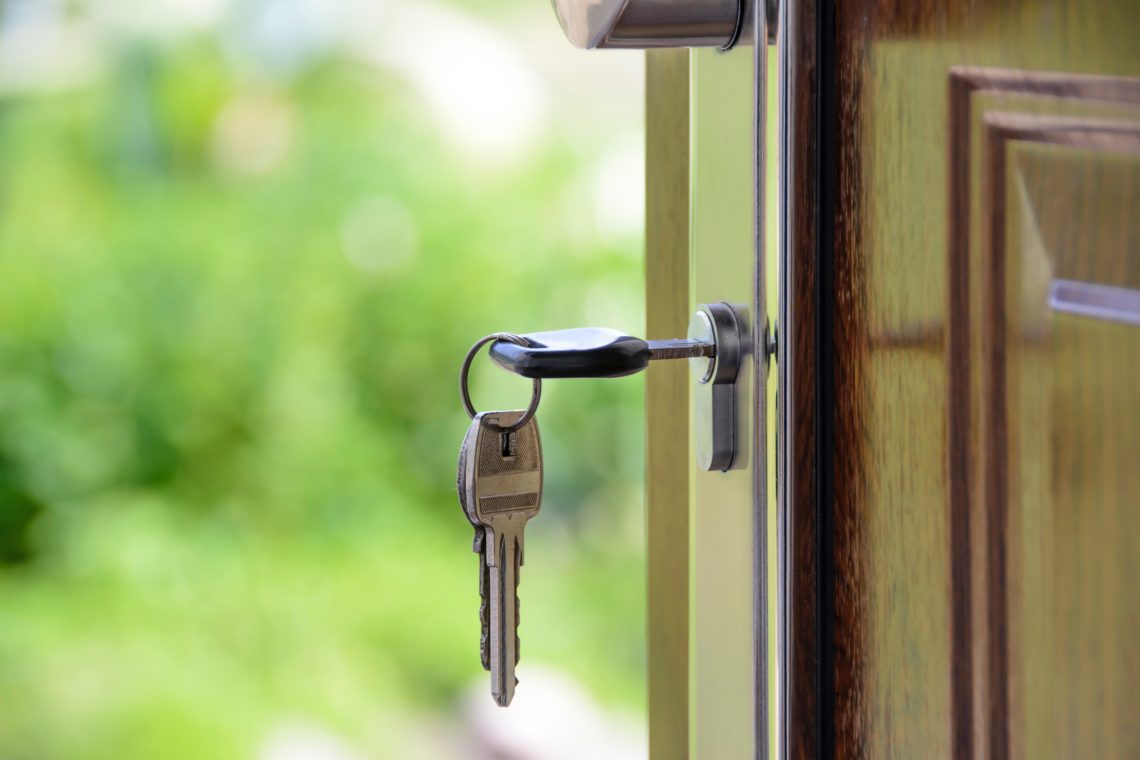05.23.2024 | Homeowners
Creating Child-Friendly Spaces in Your Home
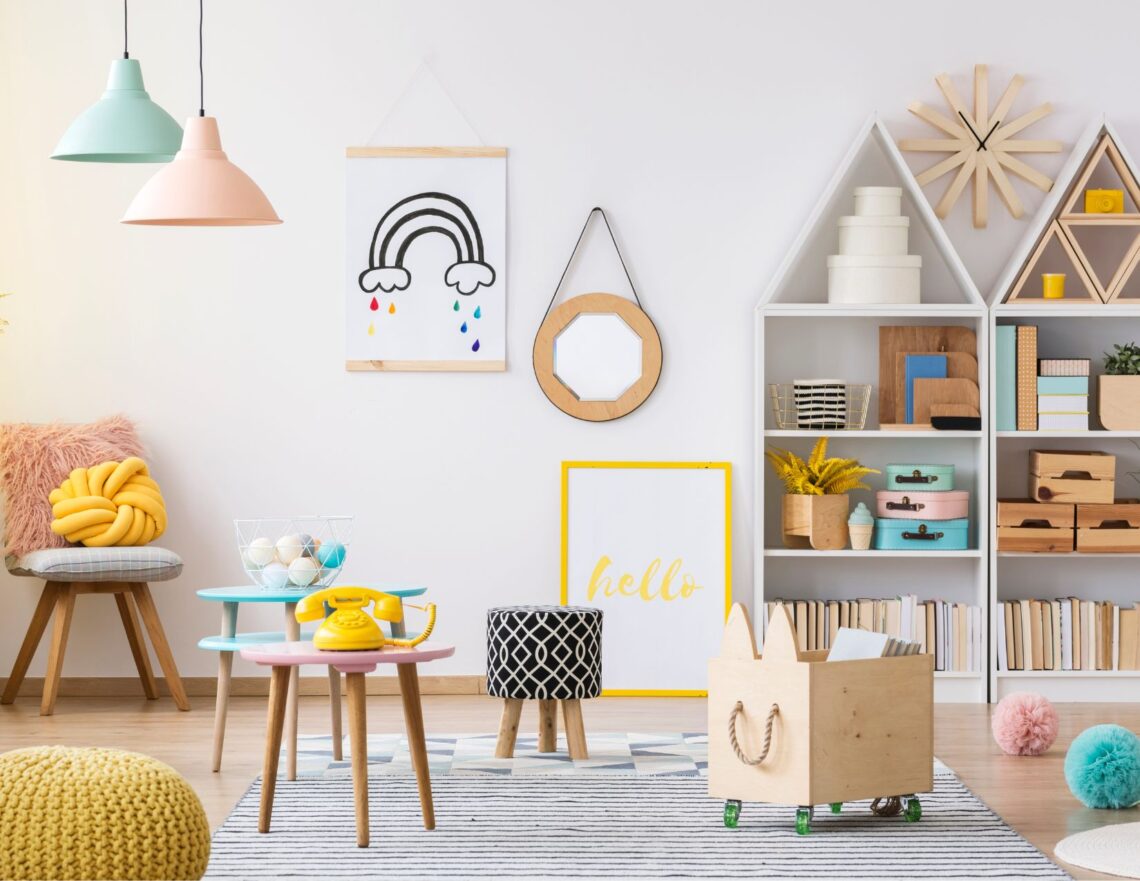
Whether you’re redoing a playroom, a child’s bedroom or a corner of a shared space, creating those child-friendly spaces in your home gives your children a spot to call their own. In an age of electronics and screen time, a space where kids can play and explore safely helps them develop and grow while fostering a sense of independence (and it helps to keep all those toys tucked away). Kid-friendly spaces aren’t just about keeping your children safe – they foster creativity, learning and emotional development. A well-organized, calming space will keep both kids and parents happy!
What Do Children Need in a Space?
Children are curious creatures with a desire to learn. The spaces in your home should provide plenty of opportunity for them to learn, develop and play safely. Your children’s needs will change quickly in the first few years of their lives. A space easily adaptable to their current age will help meet their needs. Like adults, kids sometimes need a calming space to escape the day, somewhere they feel safe and comfortable.
10 Tips for A Child-Friendly Space in Your Home
1. Safety First
The number one goal of a child-friendly space is to keep them safe. While this will change as your child grows, things like coffee tables with rounded corners, outlet covers, and non-toxic materials are great places to start. A child-friendly space will be free of potential hazards so they can play safely and independently without needing a caregiver to hover over them. Each item that goes into the space should be well-thought-out to ensure a happy, healthy space to play.
2. Organization is key
Toys everywhere! (Wait until they discover Lego!) A child-friendly space will be well-organized and offer lots of storage for toys, books, and belongings. Storage ottomans, baskets, and toy bins, all at child height, help foster independence, as kids can put their toys away themselves. This is one of those times when you can never have enough storage.
3. Keep it simple
Less is more. It’s easy for kids to become overwhelmed when they have too many choices. Individual stations allow for choice without becoming too messy or cluttered. Playrooms and children’s bedrooms can quickly become overrun with toys and clutter. Top choices well spaced out will give kids their favourites easy at hand. It doesn’t take much to keep kids happy – simple toys without all the loud beeps and noises will make parents happy, too.
4. Stay flexible
Children’s interests and abilities change quickly. A room built with future needs in mind will make it easier to transition from one age group to the next. During the younger years, it’s incredible how quickly they can suddenly figure out baby proofing – what worked with babies won’t keep out a curious toddler. Regularly checking the space and switching things up will ensure it’s always interesting and safe. Keeping the main décor of the space soft and neutral will allow you to switch things up easily as they move from Paw Patrol to Spiderman.
5. Keep it interesting
One great way to make sure there is always something new to play with is to rotate the toys available to them. Children can get bored with the same old toys easily. Create a bin or space in a closet where you tuck away some toys, then switch them out every couple of weeks to keep things interesting. Not only does it help keep things fresh, but it also minimizes clutter, makes storage easier and keeps the space cleaner.
6. Foster Independence
A child’s space should help them learn how to do things themselves. Keeping their toys and books within reach will let them get things independently. Encourage them to clean up after themselves by making storage bins accessible. Bins and baskets that are easy to reach and open will ensure children don’t get frustrated when trying to reach their favourite toys. Hooks and shelves at the right height mean they can hang up their jackets or put away their shoes. That sense of autonomy helps build self-confidence by teaching kids they have what it takes to learn new tasks and do things for themselves.
7. Encourage clean up
The easier it is for kids to clean up their toys, the more likely they’ll actually do it. Make sure shelving and bins are at the right height and can be tucked out of sight. Having a spot for everything and labelling bins will help kids put their toys back in the right spots.
8. Bring the outside in
A bit of nature is good for us all! Once your child is old enough, a small (and sturdy) house plant, like a succulent or aloe vera, is an excellent addition to a playroom. It’s a great introduction to caring for something themselves. When children are younger, they love to collect rocks, sticks and leaves on their walks. Give them a little shelf or basket to proudly display their findings.
9. Build stations
In classic Montessori style, children are presented with various stations filled with age-appropriate toys and encouraged to choose where they spend their time. This approach can easily be brought into a child’s space at home. An art table with an easel and paper, an area for building blocks or Lego, and a nook where they can snuggle up and read are all great additions to a playroom or child’s bedroom. It also makes it easier to rotate toys, keeping things fresh and interesting.
10. Involve your children
Kids love to help. They will take more pride in a space they helped create. Present them with a few options whenever possible so they feel involved in the process. Allow them to customize things like the colours of the bins, cushions or throw blankets, or bring them along to choose a rug for their room. A space where they can proudly display their artwork is always a popular choice – frames, where they can switch out the art, are the perfect option.
Designing a child-friendly space in your home should be fun for both you and your kids. Above all, children need a safe space where they can play and grow, where they feel safe and inspired to explore the world around them. And when it’s time to sell your home, having a designated playroom is a big selling feature! Follow us on social media for more home organization tips!

